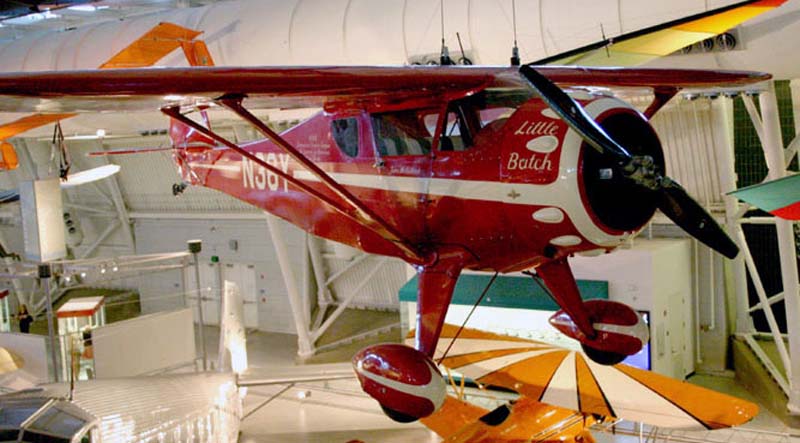|
HISTORY
Central States Airplane
Company
was established in 1927 to
build Don A. Luscombe's
Monocoupe. In January
1928, the company became the
Mono Aircraft Division
of Velie Motor Corporation.
Following Willard Velie's
death in March 1929, the
Velie interests were sold to
Allied Aviation Industries,
a holding company. By May,
these interests were divided
into two separate companies:
the Lambert Aircraft Engine
Corporation and the
Mono Aircraft Company
of Moline, IL. Both
companies passed into
receivership in 1931,
reemerging in 1932 as the
Lambert Engine and Machine
Company and the
Monocoupe Corporation
In July 1934 the two
companies joined under the
newly formed Lambert
Aircraft Corporation with
Monocoupe
continuing to operate under
its own name. In 1940 the
company was dissolved and
its assets passed to the
Monocoupe Aeroplane and
Engine Corporation,
transferring operations to
Orlando, Florida.
In September 1941,
Monocoupe
acquired the Bristol
Aircraft Corporation of
Bristol, VA and its Canadian
subsidiary
Bristol Aircraft Products
Ltd.
The operations of these
three companies were
combined under the
Universal Molded Products
Corporation
with
Monocoupe
forming a separate division
of the company. Aircraft
production halted during
World War II, resuming
briefly in 1948-1950 under
the name
Monocoupe Airplane and
Engine Corporation
In 1955, the corporate
assets were acquired by a
West Virginia aviation
group, which reorganized the
company as
Monocoupe Aircraft of
Florida, Inc.
and transferred operations
to Melbourne, FL.
The company name re-emerged
as Mono
Aircraft, Inc. briefly
in 1992, in Cheney, Kansas,
with the Monocoupe type
certificate acquired by
Saturn Aircraft &
Engineering, Oxnard,
California. Aviat
Aircraft developed
a modernized variation of
the Monocoupe 110 as the
200-horsepower 110 Special,
and sold a few with modern
200-horsepower engines. The Monocoupe
Aeroplane Corporation was
again re-established in Grantville,
Pennsylvania,
in late 2016, to build
reproduction Monocoupe 110
Specials with Warner
185 engines
and modern technology.
Source:
Wikipedia
|

